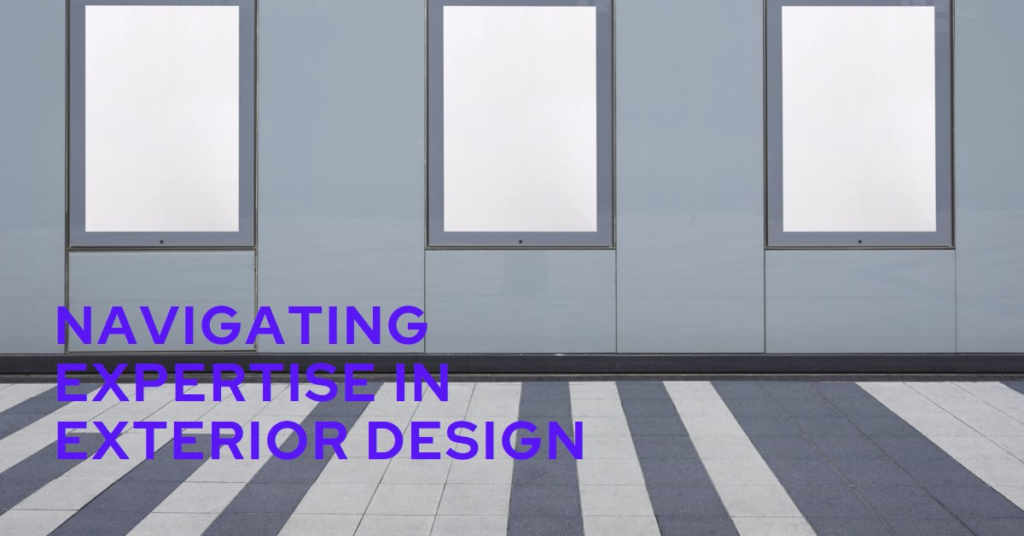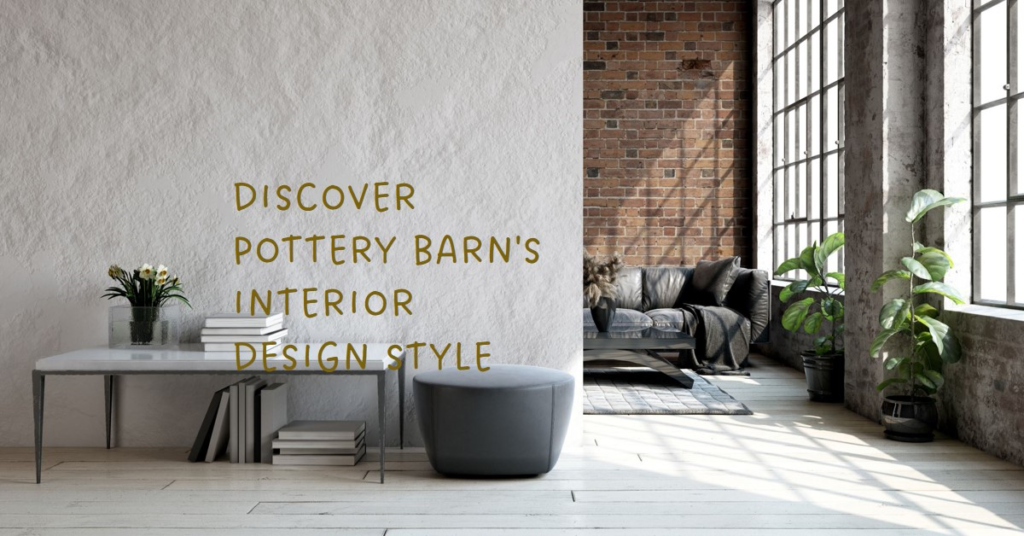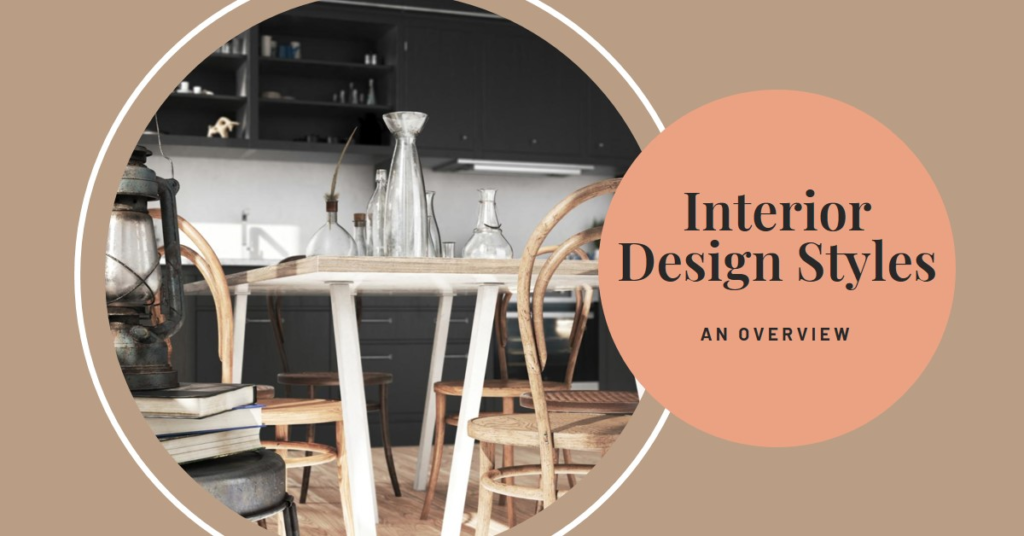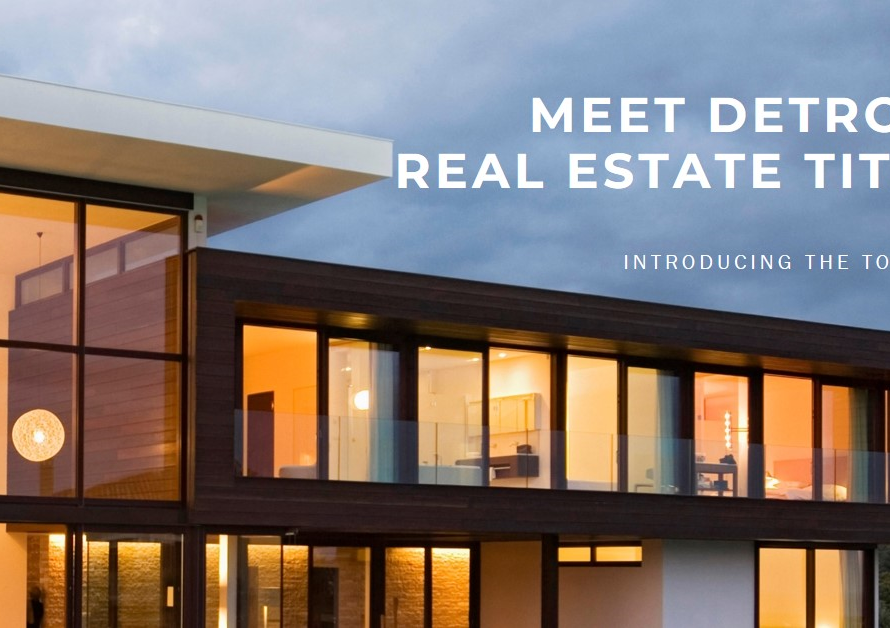
Table of Contents
- Introduction:
- Understanding the Fundamentals of Exterior Design:
- Embracing the Power of Materials:
- Mastering Color Theory:
- Lighting: The Art of Illumination
- Landscaping: Integrating Nature
- Architectural Styles and Their Influence:
- Sustainability in Exterior Design:
- Navigating Client Expectations:
- Keeping Up with Trends and Innovations:
- Conclusion: The Path to Expertise
Introduction:
Navigating the realm of exterior design can be both exhilarating and daunting. The exterior of a building serves as its first impression, encapsulating the essence of the structure within and setting the stage for its interior design. As such, attaining expertise in this field requires a blend of creativity, technical knowledge, and a keen understanding of various elements that contribute to an aesthetically pleasing and functional outdoor space. This comprehensive guide aims to provide insights into the essential aspects of exterior design, helping both novices and experienced professionals enhance their skills.
Understanding the Fundamentals of Exterior Design:
The journey to expertise in exterior design begins with mastering the fundamentals. This includes understanding the basic principles of design such as balance, proportion, and harmony. Balance refers to the visual equilibrium in a design, which can be symmetrical or asymmetrical. Proportion pertains to the relationship between different elements in the design, ensuring that nothing appears out of scale. Harmony involves the cohesive blending of all components to create a unified look.
Additionally, one must consider the purpose and functionality of the exterior space. Whether it’s a residential garden, a commercial facade, or a public park, the design should cater to the specific needs and preferences of its users. A well-designed exterior space should not only be visually appealing but also practical and comfortable.
Embracing the Power of Materials:
Materials play a pivotal role in exterior design. The choice of materials can significantly impact the aesthetics, durability, and maintenance requirements of the design. Common materials include wood, stone, brick, metal, and glass, each offering unique characteristics and advantages.
Wood, for instance, provides a warm and natural look but requires regular maintenance to prevent decay. Stone, on the other hand, is highly durable and offers a timeless appeal but can be expensive and difficult to work with. Understanding the properties and best applications of each material allows designers to make informed choices that enhance the overall design.
Mastering Color Theory:
Color is a powerful tool in exterior design, capable of transforming the look and feel of a space. Mastering color theory involves understanding the color wheel, color harmony, and the psychological impact of colors. Complementary colors, which are opposite each other on the color wheel, can create vibrant and dynamic contrasts. Analogous colors, situated next to each other on the wheel, provide a harmonious and soothing effect.
Moreover, colors can evoke emotions and influence perceptions. Warm colors like red, orange, and yellow can create a welcoming and energetic atmosphere, while cool colors such as blue, green, and purple can induce a sense of calm and tranquility. Selecting the right color palette is crucial in setting the desired mood and complementing the architectural style.
Lighting: The Art of Illumination
Lighting is an essential aspect of exterior design that often goes overlooked. Proper lighting can enhance the aesthetic appeal, improve safety, and extend the usability of outdoor spaces into the night. There are various types of lighting to consider, including ambient, task, and accent lighting.
Ambient lighting provides overall illumination, creating a comfortable level of brightness. Task lighting focuses on specific areas where activities take place, such as pathways or seating areas. Accent lighting highlights particular features, such as architectural details or landscaping elements, adding depth and visual interest. A well-thought-out lighting plan can transform an exterior space, making it both beautiful and functional.
Landscaping: Integrating Nature
Landscaping is a critical component of exterior design, integrating natural elements to create a harmonious environment. This includes selecting appropriate plants, designing garden layouts, and incorporating water features, hardscapes, and outdoor furniture.
Choosing the right plants involves considering factors such as climate, soil type, and maintenance requirements. Native plants are often a good choice as they are well-adapted to the local environment and typically require less upkeep. Garden layouts should be designed to enhance the flow and usability of the space, with careful placement of plants to create visual interest and balance. Water features, such as fountains or ponds, can add a sense of tranquility and attract wildlife, while hardscapes and outdoor furniture provide structure and functionality.
Architectural Styles and Their Influence:
Understanding various architectural styles is crucial for achieving a cohesive exterior design. Each style has its own distinct characteristics and elements, which should be respected and complemented in the design process. Some popular styles include modern, contemporary, traditional, colonial, and Mediterranean.
Modern and contemporary styles often feature clean lines, minimalistic designs, and the use of industrial materials like steel and glass. Traditional and colonial styles, on the other hand, tend to incorporate classic elements such as brick facades, gabled roofs, and ornate detailing. Mediterranean style is characterized by stucco walls, red-tiled roofs, and vibrant, earthy colors. By aligning the exterior design with the architectural style, designers can create a harmonious and authentic look.


Sustainability in Exterior Design:
Sustainability is becoming increasingly important in exterior design, with a growing emphasis on eco-friendly practices and materials. Sustainable design aims to reduce the environmental impact of a project, promote energy efficiency, and create healthy, livable spaces.
One approach to sustainability is the use of green building materials, such as reclaimed wood, recycled metal, and sustainable concrete. Another is the incorporation of energy-efficient features, such as solar panels, rainwater harvesting systems, and native landscaping that requires minimal irrigation. By prioritizing sustainability, designers can create exterior spaces that are not only beautiful and functional but also environmentally responsible.
Navigating Client Expectations:
A successful exterior designer must be adept at navigating client expectations. This involves effective communication, understanding client needs and preferences, and managing expectations throughout the design process. It is essential to listen to clients, ask the right questions, and provide clear explanations and visuals to convey design concepts.
Clients may have varying levels of knowledge about design, so it is important to educate them about different options and their implications. Regular updates and feedback sessions can help ensure that the project stays on track and aligns with the client’s vision. Building a strong relationship with clients based on trust and transparency can lead to more successful and satisfying outcomes.
Keeping Up with Trends and Innovations:
The field of exterior design is constantly evolving, with new trends and innovations emerging regularly. Staying informed about these developments is crucial for maintaining a competitive edge and delivering cutting-edge designs. This includes keeping an eye on trends in materials, colors, and design styles, as well as technological advancements.
For instance, the rise of smart home technology has led to the integration of automated lighting, irrigation systems, and security features in exterior design. Similarly, advancements in sustainable materials and construction methods are enabling more eco-friendly designs. By staying updated on the latest trends and innovations, designers can continue to offer fresh and relevant solutions to their clients.
Conclusion: The Path to Expertise
Achieving expertise in exterior design is a continuous journey of learning and growth. By mastering the fundamentals, embracing the power of materials, mastering color theory, and considering the many other aspects discussed, designers can elevate their craft and create stunning, functional exterior spaces. Whether you’re just starting out or looking to enhance your existing skills, this guide provides a solid foundation to navigate the complex and rewarding field of exterior design.


